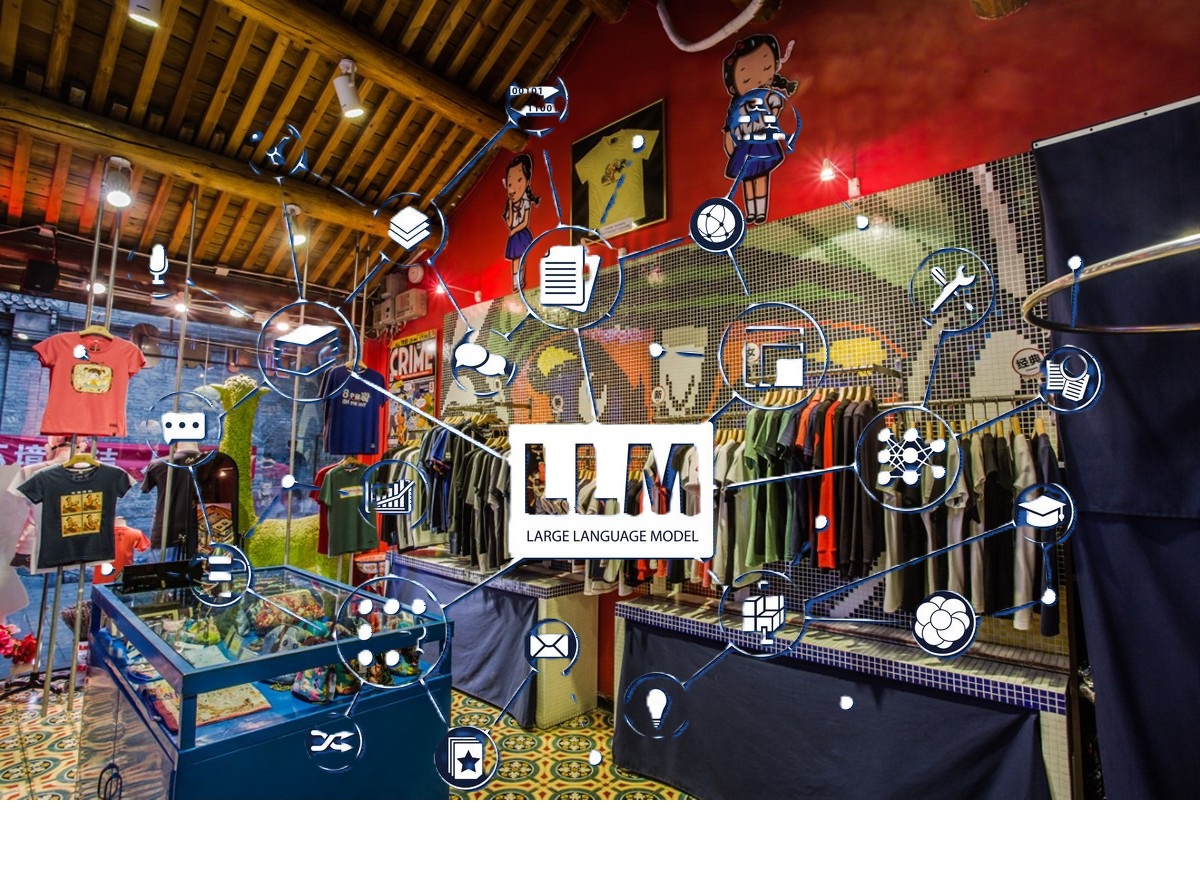In the dynamic landscape of the retail industry, technological advancements continually shape the way businesses operate and engage with consumers. One notable stride in this evolution is the implementation of End-to-End Language Model (LLM) projects, a transformative approach that integrates cutting-edge solutions like LangChain and Google Palm. This strategic alliance brings forth a new era of innovation, redefining the retail experience through seamless language processing and the revolutionary capabilities of Google Palm technology.
In this article, we showcase how to create an End-to-End LLM project in the retail industry.
Project Name: End-to-End LLM Project Using LangChain, Google Palm in Retail Industry
LLM Used: Google Palm
Project Goal: Streamline customer support for a T-shirt retail store by creating an AI-powered chatbot.
Implementation:
1.0 Data Preparation:
i) Collect a dataset of common customer queries and responses.
ii)Built a simple database to store product information (T-shirt ID, size, color, price, discount).
2.0 Chatbot Development:
i) Integrate Google Palm with LangChain, a platform for deploying LLMs in web applications.
ii) Design a user-friendly interface for the chatbot.
iii) Train Palm on the customer support dataset to enable it to understand and respond to queries.
iv) Linked the chatbot to the database to access product information for accurate responses.
3,0 Functionality:
i) Customers can interact with the chatbot to ask questions about products, check availability, inquire about discounts, and even place orders.
ii) The chatbot leverages Palm’s language understanding and generation capabilities to provide informative and helpful responses.
iii) It can also handle multiple queries simultaneously, improving customer service efficiency.
4.0 Impact:
i) Reduced the workload of human customer support staff, allowing them to focus on more complex issues.
ii) Enhanced customer satisfaction by providing 24/7 support and instant responses.
iii) Increased sales by streamlining the purchase process and suggesting relevant products.
5.0 Key Takeaways:
i) This project showcases the potential of LLMs to transform customer support in the retail industry.
ii) It highlights the importance of data preparation, careful model selection, and user-friendly interface design for successful LLM implementation.
iii) The project’s success demonstrates the feasibility of using LLMs to create practical and impactful solutions for real-world problems.
In the evolving landscape of retail, the convergence of technology and language models paves the way for a more responsive, efficient, and customer-centric future. The End-to-End LLM project we explored stands as a testament to the power of innovation in reshaping the retail experience, offering a glimpse into the possibilities that lie ahead in this dynamic industry.


